No Crown Above Dignity Two women. Two public moments. The same old story. One walked through a city street and …


No Crown Above Dignity Two women. Two public moments. The same old story. One walked through a city street and …

A Toast Worth Crossing States For When Baja and Nayarit throw a dinner party, it’s never about tacos and tequila …
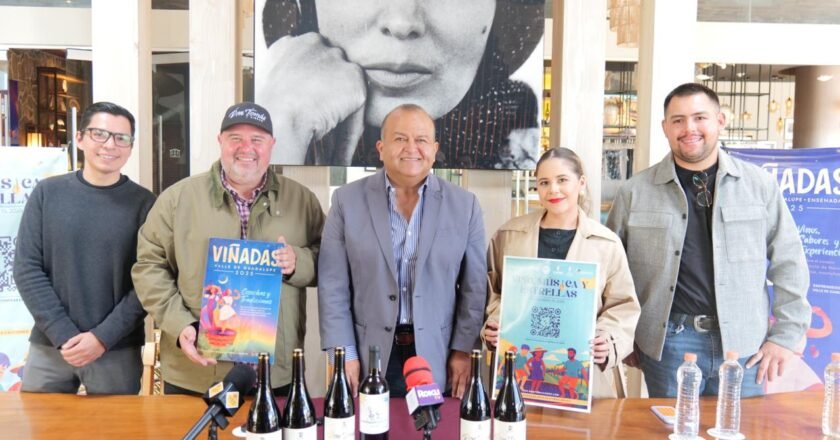
When the sun dips behind the Valle de Guadalupe hills, magic tends to happen — especially when there’s wine involved. …
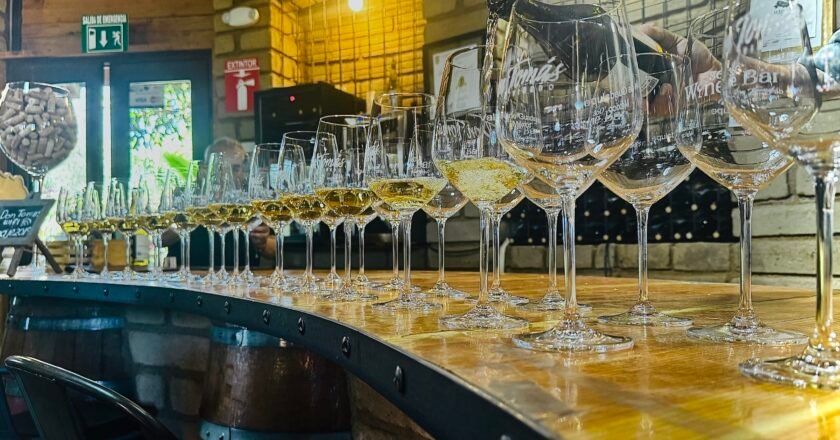
When Emprendedores del Valle de Guadalupe (EDVG) sends out an invite for a fam trip, you don’t hesitate—you grab your …
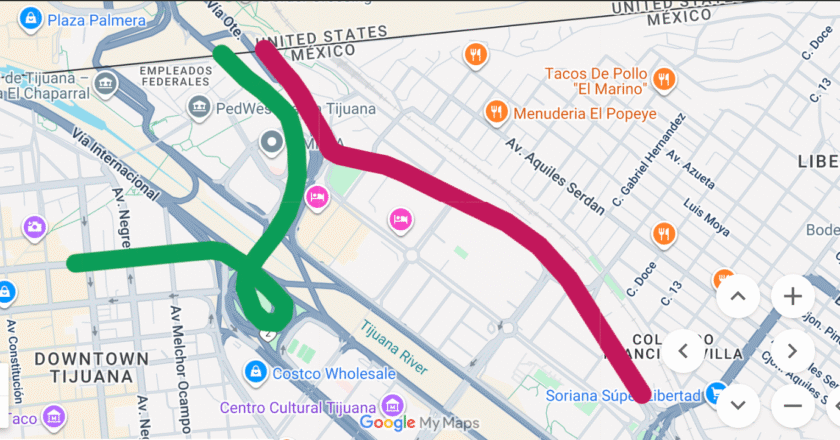
If you’ve heard rumors about SENTRI moving—take a breath. The main SENTRI entrance on Blvd. Padre Kino isn’t going anywhere. …

Once upon a time—okay, not that long ago—smoking indoors was as common as breathing. You could light up in restaurants, …
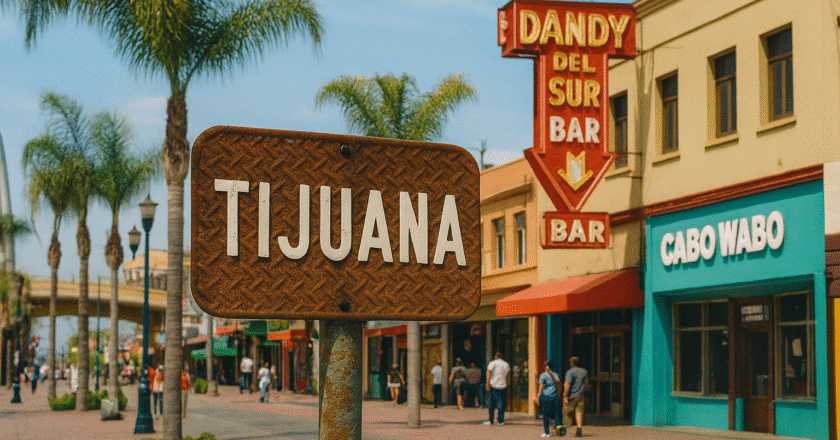
The Musical Magnetism of Tijuana It all started with a message from reader Sergio J. Castro. He sent me a …
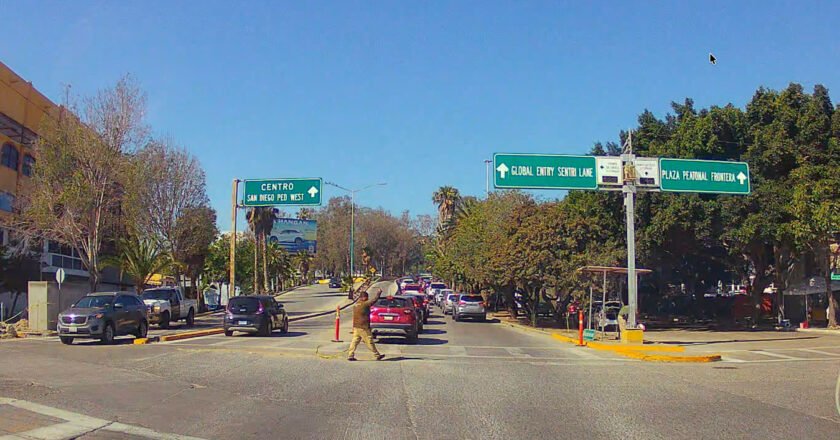
UPDATE OCT/29/2025: We had previously stated that the SENTRI traffic was moving from Blvd. Padre Kino to Calle Segunda, authorities …

It’s not champagne they’re toasting with in Picachos—it’s running water. After 15 long years of dry promises, the mountain community …

When people say they want to “see Baja,” they usually mean a wine weekend in Valle (not my fault) or …